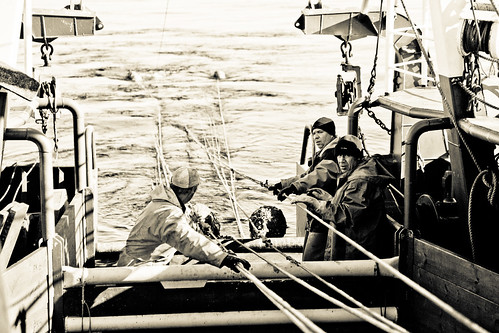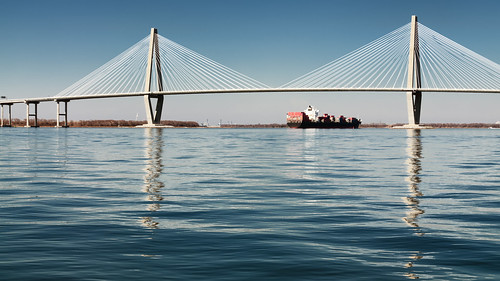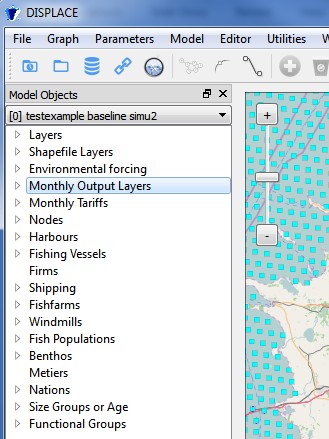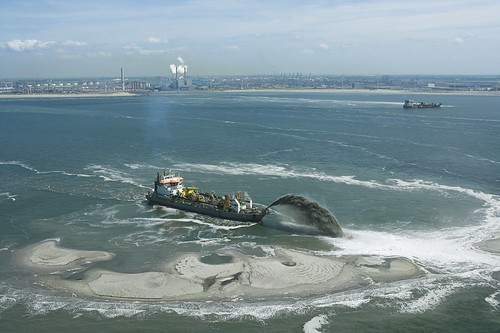 The DISPLACE project develops and provides a platform primarily for research purposes to transform the fishermen’s detailed knowledge into models, evaluation tools, and methods that can provide the fisheries with research and advice. The model intends to serve as a basis for decision support tools for (fishery) managers.
The DISPLACE project develops and provides a platform primarily for research purposes to transform the fishermen’s detailed knowledge into models, evaluation tools, and methods that can provide the fisheries with research and advice. The model intends to serve as a basis for decision support tools for (fishery) managers.
Among other goals, the economic benefit of stock replenishment and sustainable harvesting can be demonstrated. This contributes to evaluating the combined ecological and economic impacts of fishery management before its implementation (i.e. impact assessment).
An individual-based model (IBM) on a per-vessel basis covering several fisheries and stocks is a benchmark tool capable of integrating fishermen’s decision-making processes when they face changes in fishery management (e.g. for conservation of fishery resources and the protection of marine ecosystems through technical measures), economic factors influencing the fishery and economic viability, and underlying stock conditions, including spatial and seasonal patterns in resource availability.
DISPLACE operates with high resolution in time and space (spatio-temporal explicit). It allows contributing to marine/maritime spatial planning for, e.g. evaluating the effects of smaller and larger marine area restrictions on stocks and fisheries, i.e. impact assessment on stocks and fisheries of broader marine management. The economic evaluation includes evaluating spatial restrictions for the fishery with particular emphasis on testing if there are any economic benefits or consequences from different area restrictions caused by, e.g. renewable energy, conservation, etc. Also, it evaluates whether these benefits compensate for the additional costs of the effort displaced to surrounding or new areas, i.e. the bio-economic consequences of fishing effort displacement.
 This ultimately incorporates other utilization of the sea such as energy production, transport, recreational use, etc., e.g. offshore windmill farms, large marine constructions, NATURA 2000 areas, transport routes of commercial shipping, pipelines, cables, etc.
This ultimately incorporates other utilization of the sea such as energy production, transport, recreational use, etc., e.g. offshore windmill farms, large marine constructions, NATURA 2000 areas, transport routes of commercial shipping, pipelines, cables, etc.

Fishermen communities have an obvious stake in using the sea to ensure food supply with seafood and should not then be left out of the maritime spatial planning process. As a stakeholder once said, “if you are not at the table, you are on the menu!” While fishermen are therefore likely to gain at designing their own priorities areas, the DISPLACE model should be a support for evaluating and balancing these important areas against other potential uses and the economic consequences of spatial plans on fishermen´s living conditions.

